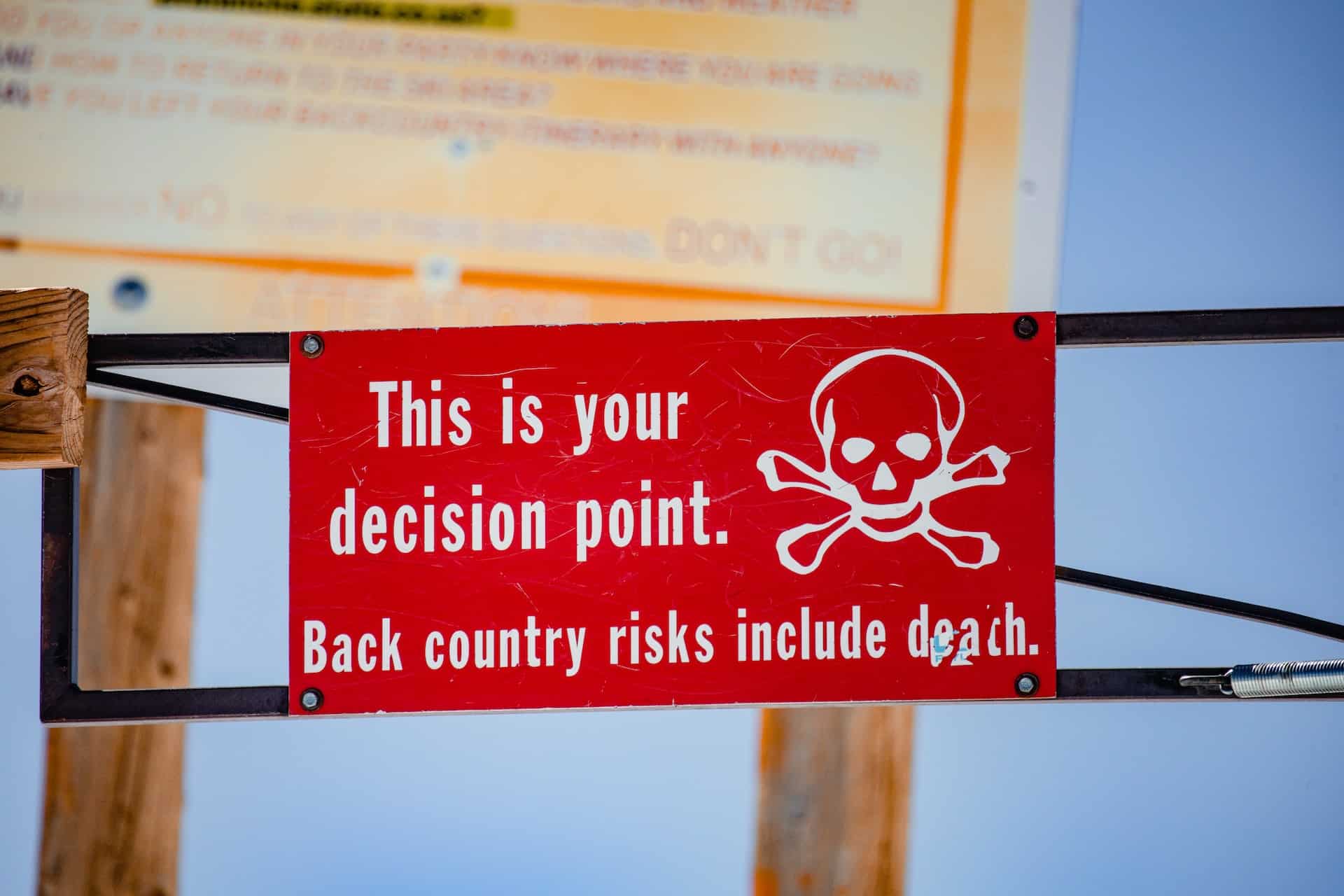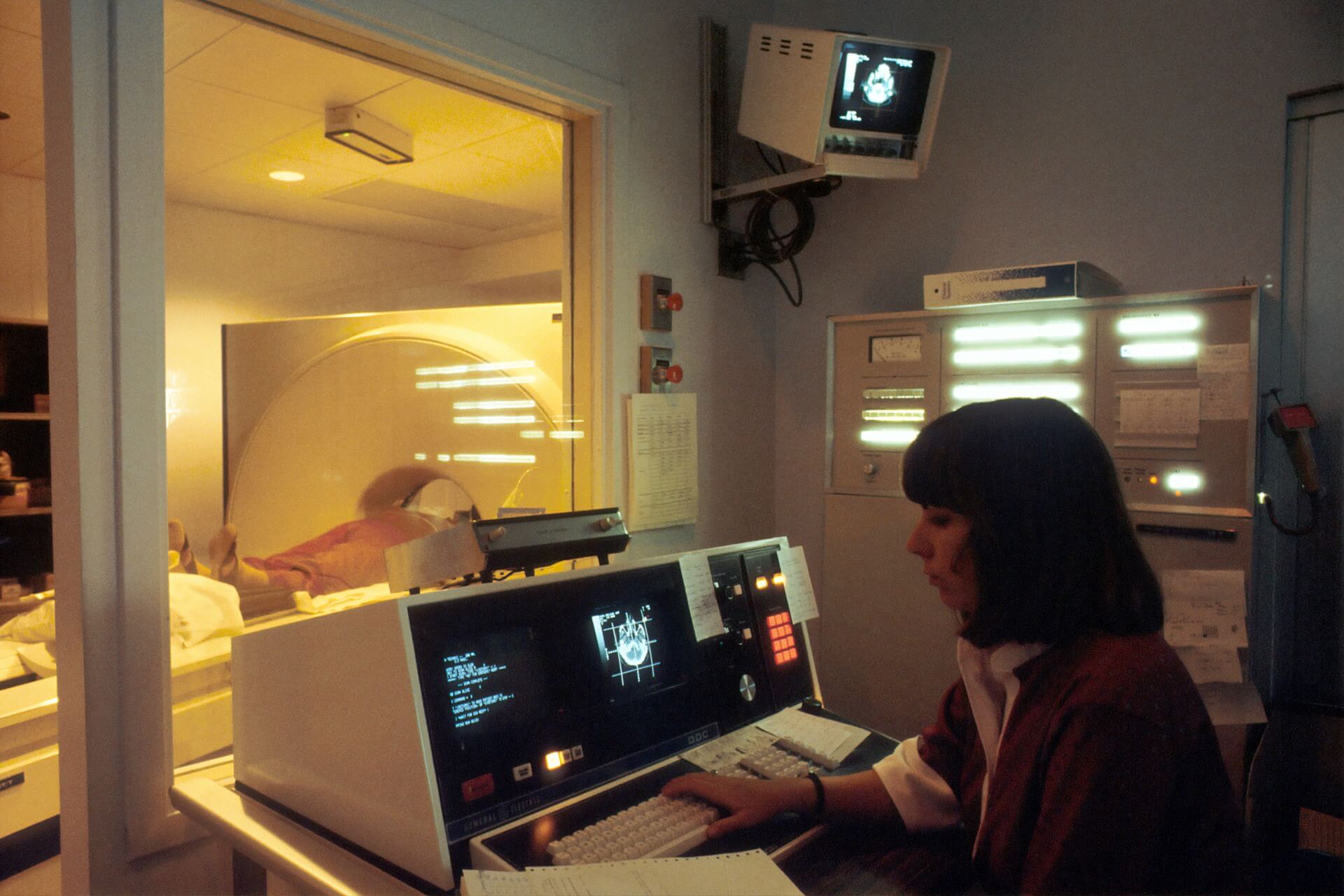
The Psychology of Risk: Why Is It Frightening Yet Addictive?
February 26, 2023 - Ellie Gabel
Revolutionized is reader-supported. When you buy through links on our site, we may earn an affiliate commission. Learn more here.
Most of humanity’s survival has revolved around avoiding risk. People built shelters to circumvent the risk of cold nights or hungry animals and made weapons to stave off the fear of predators or other hunters. Nowadays, people stockpile money to feel safe in case of a significant accident or financial collapse. Some also hoard food or safety gear in the event an apocalypse hits the Earth. Human nature loves stability, but the psychology of risk shows another side — those who love tempting fate.
Some people are born daredevils. They love jumping out of planes, spending all night at the poker table and putting themselves in all kinds of risky situations for the thrill. Something about dangerous behavior many others would rather stay away from calls them in an irresistible way. Why do some people find such fascination in these fate-tempting events? What causes the fear of the unknown in the human mind? Here is a look at the psychology of risk and why its effects can differ from person to person.
Evidence Humans Crave Stability
Study after study shows how much human beings detest the unknown and want to have direct knowledge of their situation as much as possible. An article from the BBC features the results of various researchers demonstrating this exact fact. In one, people had the chance to win a bigger prize if they waited for the answer instead of learning it immediately, but only 37% chose that option. The scientists say they noticed increased activity in the amygdala, which can trigger hypervigilance in the brain.
In another, researchers hooked participants up to electrodes that gave them a mild shock. During the experiment, people experienced greater fear when there was only a 50% chance of them receiving electrocution than when there was a 100% chance. Those with lower uncertainty tolerances also continued to experience stress when the researchers gave a cue but stopped shocking them. These results seem illogical but make sense — people want to prepare for a risk rather than unknowingly experience it. But why does this happen?
How the Psychology of Risk Manifested in Evolution
Some people posit these reactions to the unknown can result from childhood instability from a caregiver. Still, even they say this anxiety is simply part of the human experience, no matter the circumstances. That could be because those fears also relate to survival — a child needs to feel safe and protected in order to grow up stable because they cannot thrive on their own in youth. While the baby won’t consciously be aware of this fact, their brain will know it because that is how humans have adapted.
Such results boil down to one of the most important theories in human history — evolution. Millions of years ago, people put their lives on the line to obtain the most basic necessities. While there is not much need for fear while grocery shopping now, going out hunting or gathering could have disastrous results if one was not careful. A particularly aggressive piece of prey could devastate a group’s hunters, while poisonous berries or snakes could threaten the gatherers.
Biological Reactions to Risk
Naturally, those early humans began to develop fear, vigilance and the need to prepare. Many think those responses are still in play. One is very obvious in the fight or flight response, but those overarching threats likely developed into the psychology of risk. For instance, those with high anxiety probably would have found much more success in survival than those who took a lot of chances.
Though this trait caused them to see more danger, it also allowed them to live much more safely and avoid the many threats of the time, causing their lineage to survive. However, these heightened fears often now manifest in generalized anxiety disorder, which is less evolutionarily beneficial now. But humans grew to fear the unknown because it often spelled certain doom. The ones who knew not to tempt fate were the ones who survived, which is why so many people now continue to think the same way.
Why Risk Is So Tempting Now — and Why Some Love It
In the world of humans’ ancestors, danger was all over the place and avoiding it was critical to staying alive. But now, a life without risk would seem quite dull. Imagine never taking on a new role at work or saying no to the next chance at love because the fear of the unknown took over. The world offers much more room for mistakes now, so taking the path less traveled can provide learning opportunities instead of death in most cases.
Modern Studies on Risky Behavior
However, recent research shows people’s brains continue adapting to new circumstances. A study published by Tohoku University shows a person’s vesicular monoamine transporter 1 (VMAT1) is likely still threonine (136Thr), which the neanderthals had. Those with 136Thr are more likely to have anxiety, neuroticism and depression, but the newer variant — isoleucine — displayed lower levels of these mental health conditions. These individuals show an adaptation that allows them to experience less fear in the face of risk, which can be advantageous now.
In 2021, researchers published a study on a group of around 25,000 people analyzing the structures of their brains through scans. The initial research focused on 12,000 people with self-reported levels of risk-taking behavior — speeding, intercourse, drinking and smoking. The scans found a relationship between higher amounts of gray matter in the hippocampus, amygdala and ventral striatum and perceived risk. Those with more matter in these areas felt they were taking fewer risks — a follow-up study of 13,000 people verified these findings.
Some dysregulations in the brain can also cause a fixation on risk-taking. Lower levels of dopamine receptors (Adgrl3) are a known symptom of ADHD (attention deficit hyperactivity disorder). In a study on mice, less Adgrl3 reduced memory and learning and heightened impulsivity. Therefore, those with dopamine-affecting neurodivergences could be more likely to seek out positive or dangerous risks. For example, someone hyperfixated on an object could spend more money than they have buying it every time they see it because it gives them that dopamine boost.
Risk — A Benefit and Detriment to Human Survival
The psychology of risk developed as a way for early humans to find the most opportunities for survival in their environment. While Earth was much more dangerous back then, the situation has changed tremendously and those survival instincts can cause more harm now than good. But disregarding danger altogether is a slippery slope into perilous behavior, so humans must find a healthy middle to receive the optimum advantages from their surroundings.
Revolutionized is reader-supported. When you buy through links on our site, we may earn an affiliate commission. Learn more here.
Author
Ellie Gabel
Ellie Gabel is a science writer specializing in astronomy and environmental science and is the Associate Editor of Revolutionized. Ellie's love of science stems from reading Richard Dawkins books and her favorite science magazines as a child, where she fell in love with the experiments included in each edition.







